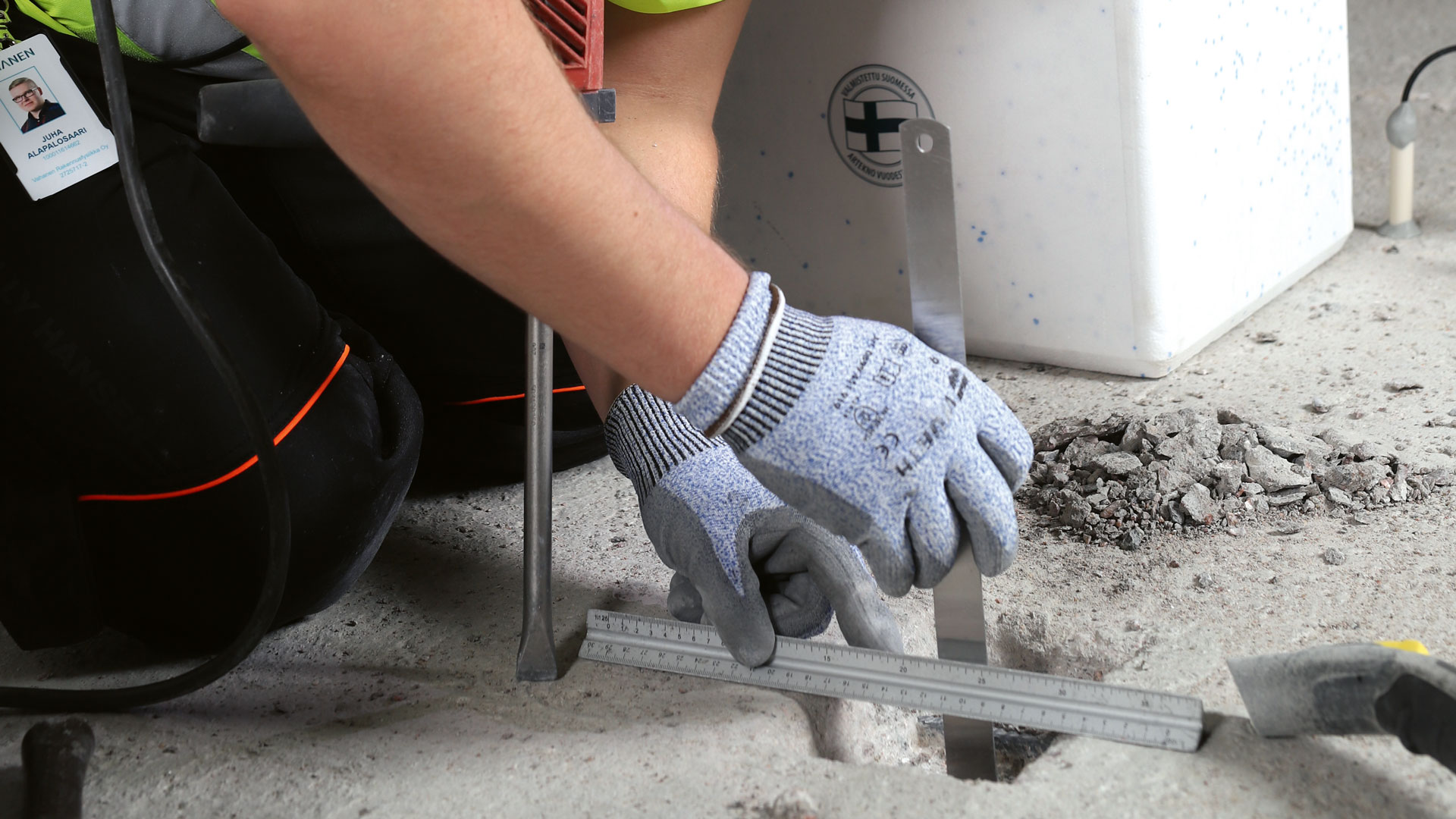In English | ISSUE 2/2025
Summary of the main results of the low -carbon requirements of concrete floors project

In English | ISSUE 2/2025

The project defined a new procedure for moisture control of concrete floors to be covered or coated. The procedure is based on the classification of concrete according to their moisture transfer properties and to classification of Surface structure systems, depending on how they permeate and tolerate moisture in the concrete.
The moisture class of the surface structure system, which is determined during the design phase, and the target schedule for the construction site phase guide the selection of the concrete moisture transfer class, together with other requirements affecting the selection of concrete (e.g. strength, ductility, durability, low carbon, etc.). Choosing the moisture class of the concrete can significantly affect how long the structure should be dried and what conditions are required for drying. With some concrete and surface structure system choices, the drying time during the construction site can be very short, while with others it may become very long, demanding significant environmental management operations. The unnecessary drying of concrete floors can be significantly reduced by taking into account both the moisture transfer class of the concrete and the moisture class of the surface structure system.
The selection of concrete is increasingly controlled by the low -carbon requirements of concrete. Studies in the project showed that there may be significant differences in the moisture behavior of low -carbon concrete and therefore they do not automatically belong to the same category. Thus, a low -carbon, healthy and safe concrete floor can be achieved within a reasonable schedule without special measures, when the guiding choices are made early in the design stage.
The new method developed with the Project is significantly different from the current one. Getting the method to become a nationally approved practice requires a systematically managed transition phase.